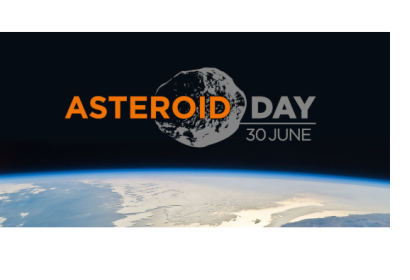On December 2016, the United Nations General Assembly proclaimed June 30 as the International Asteroid Day, to raise public awareness about the asteroid impact hazard, as well as to inform the public about crisis communication actions to be taken in case of a credible near-Earth object threat. June 30 is the anniversary of the Tunguska impact over Siberia, Russian Federation, also known as the Earth's largest asteroid impact recorded in history.
Background
Near-Earth objects (NEOs) represent potentially catastrophic threats to our planet. NEOs are asteroids or comets that pass close to the Earth's orbit. According to NASA’s Center for NEO Studies, there are over 16 000 Near Earth Asteroids discovered.
The United Nations Office for Outer Space Affairs has worked on NEOs for many years, recognising a NEO impact hazard as a global issue demanding international response. Addressing such a hazard, including the identification of those objects that pose a threat of impact and planning a corresponding mitigation campaign, requires cooperative action in the interest of public safety on the part of the global community.
The International Asteroid Warning Network and the Space Mission Planning Advisory Group were established in 2014 building on the recommendations for an international response to near-Earth Objects impact threat endorsed by the Committee on the Peaceful Uses of Outer Space in 2013.
The International Asteroid Warning Network uses well-defined communication plans and protocols to assist Governments in the analysis of possible consequences of an asteroid impact and to support the planning of mitigation responses.
The Space Mission Planning Advisory Group is an inter-space agency forum that identifies technologies needed for near-Earth Object deflection, and aims to build consensus on recommendations for planetary defense measures.

